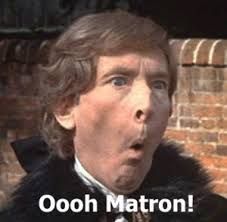Posted by Malcolm Frary on 05/06/2016 22:15:20:
The twisting causes the magnetic fields to be equal and opposite and, beyond the immediate space that they take up, cancel each other out. The constant change of direction helps break up the direction of the field as well, so all good. Not a complete substitute for capacitors, but every little helps. Sometimes, twisting the servo/esc to RX lead can help by reducing the chance of them picking up stray signals, but that might be getting desperate.
………
Anyone using network cables will soon find out that Cat5, or the telephone standard CW1308 cable, is what they call a 'twisted pair', for exactly this reason. It is of interest to consider the history, which stretches right back to the first telephones.
The very first phone had no problems with inter cable interference, but as soon as they put two different telephone cables together it was noticed that cross-talk occurred, and the practice of running telephone cables next to power cables also caused heavy interference. During the 1880s/90s a lot of work was done on the problem, leading to a much better knowledge of the effects of capacitance and induction on transmission circuits. A lot of the clever gubbins you find in modern cabling, including twisted pairs, were developed between this period and the 1930s, when high-frequency co-axial cables were developed, just in time for television!
Nowadays, of course, we think about fibre optics when we want to send a high-frequency signal down a wire…
Edited By Dodgy Geezer on 06/06/2016 11:02:45





